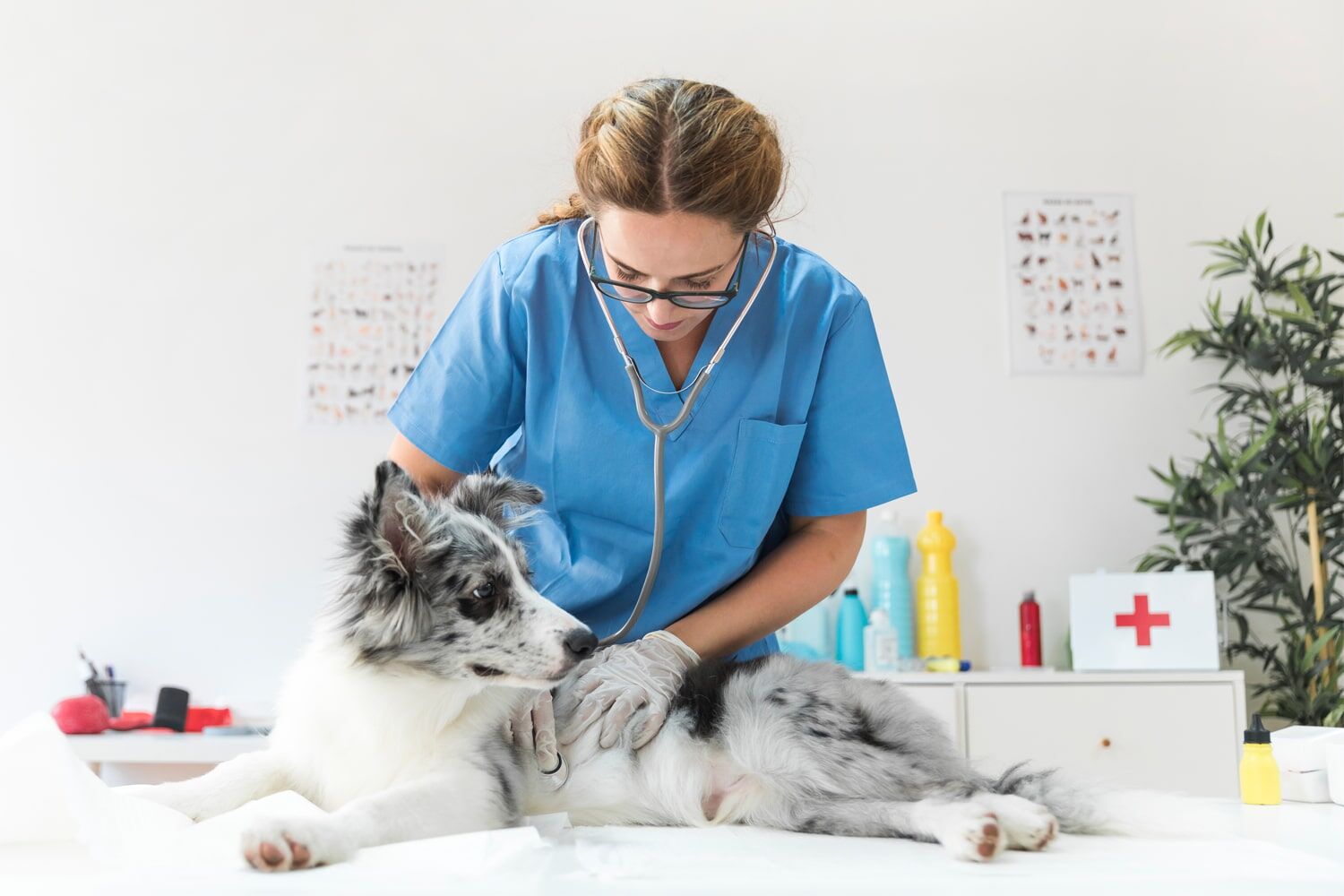10 Ways to Care for Animals – The Heartfelt Good and the Hard Truths
Introduction
Caring for animals isn’t just a noble act—it’s a responsibility that shapes our world in profound ways. From our loyal pets to the endangered wildlife species teetering on the brink of extinction, every animal deserves compassion, attention, and respect. But while there are countless positive effects to showing care, there are also difficult truths that we often overlook.
This guide will walk you through 10 impactful ways to care for animals, while shedding light on the positive impacts and the challenges each step carries. Whether you’re a pet owner, animal lover, or advocate, this blog is your comprehensive roadmap to responsible animal care.
Explore more pet and wildlife topics on Mindjio.com
Discover animal tech and care tools at Hadiatech.com
1. Adopt, Don’t Shop – The Good and the Overlooked Risks
The Good: Adopting from shelters saves lives and reduces the number of animals living in harsh conditions. It offers pets a second chance and often costs less than buying from breeders or stores.
The Hard Truth: Some adopted animals come from traumatic backgrounds and may need more time and care to adjust. Without proper understanding, adoptions can lead to rehoming, further traumatizing the animal.
2. Provide Proper Nutrition – Essential Yet Misunderstood
The Good: A balanced diet ensures long-term health, energy, and happiness. Understanding your animal’s dietary needs builds trust and prolongs their life.
The Hard Truth: Many pet owners unknowingly feed low-quality or inappropriate food. Also, dietary needs vary widely by species, breed, and even age, leading to confusion and unintentional harm.

3. Regular Health Checkups – Prevention Over Cure
The Good: Routine vet visits catch issues early, prevent disease, and improve quality of life. They also offer peace of mind for owners.
The Hard Truth: Veterinary care can be expensive. Many skip appointments due to cost, only seeking help when an emergency arises—which is both more costly and more painful for the animal.
4. Create a Safe Living Environment – Simple Yet Crucial
The Good: Safe, clean habitats reduce stress and prevent injury. Whether it’s a cozy bed for your dog or a spacious tank for a reptile, comfort matters.
The Hard Truth: Safety varies by species and can be hard to manage in multi-pet homes. Improper housing is a leading cause of behavioral issues and physical harm in domesticated animals.
5. Show Emotional Affection – More Than Just Love
The Good: Bonding through play, touch, and voice boosts animal happiness and builds loyalty. It strengthens the emotional connection between humans and animals.
The Hard Truth: Not all animals interpret affection the same way. Some may see petting or hugging as a threat, especially if they’ve experienced abuse.
6. Train With Patience – Empower, Don’t Punish
The Good: Training builds communication, reduces frustration, and makes life safer for everyone. Positive reinforcement enhances learning and trust.
The Hard Truth: Harsh methods or inconsistency can backfire, leading to fear or aggression. Many owners also give up too soon, misunderstanding normal behavior as stubbornness.

7. Protect Wildlife – Respect Nature’s Boundaries
The Good: Supporting wildlife conservation helps protect ecosystems and species diversity. Even simple acts—like planting native flowers or reducing plastic use—make a difference.
The Hard Truth: Human interference, even when well-intended (like feeding wild animals), often causes more harm than good. Some animals become dependent, while others face risks from unnatural food or interactions.
8. Be Mindful of Breeding – Stop Overpopulation at the Source
The Good: Spaying/neutering prevents unwanted litters and reduces stray populations. It also lowers risks of certain cancers and behavioral issues.
The Hard Truth: Backyard breeding and unethical practices persist, leading to health issues and overpopulation. Education and regulation are still lacking in many regions.
9. Support Ethical Brands – Vote With Your Wallet
The Good: Choosing brands that prioritize animal welfare encourages ethical production and better treatment across the board—from cosmetics to pet food.
The Hard Truth: Labels like “cruelty-free” aren’t always regulated, and some companies greenwash their image. It requires research and vigilance to make truly ethical choices.
10. Educate Others – Build a Compassionate Community
The Good: Sharing knowledge multiplies your impact. When more people understand proper animal care, communities become safer, kinder places for animals.
The Hard Truth: Misinformation spreads fast, especially online. Many well-meaning individuals unintentionally share harmful advice, making education both a responsibility and a challenge.
Final Thoughts: Caring With Purpose
Taking care of animals is a powerful way to build empathy, responsibility, and harmony between humans and nature. But it’s not always easy. True care means going beyond convenience and confronting the challenges head-on.
As we continue advancing in areas like pet tech, animal-friendly architecture, and global conservation efforts, the role we play—as pet owners, activists, or everyday citizens—matters more than ever. Be informed. Be intentional. And above all, be compassionate




